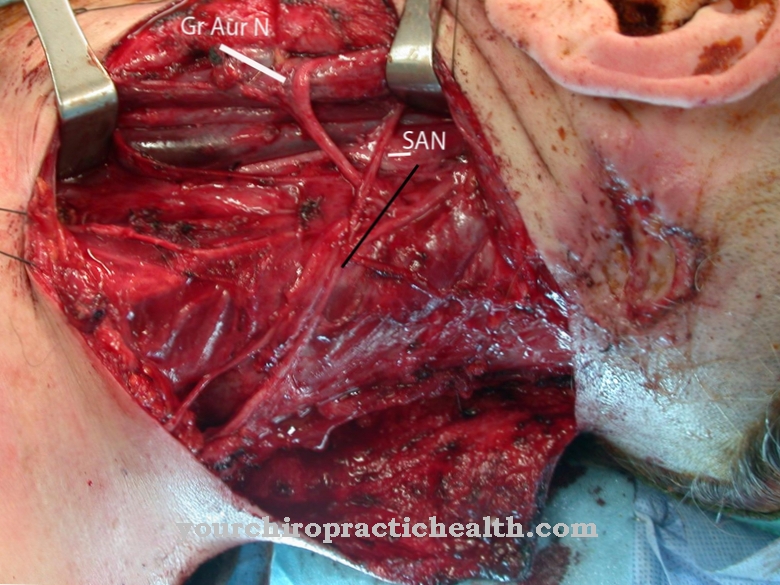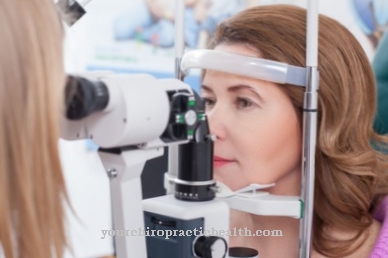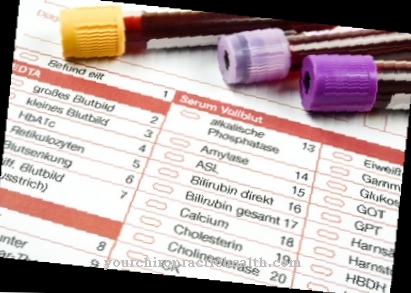The Endoscopy (med. Hysteroscopy) enables the gynecologist to perform an extremely informative inspection of the inside of the uterus. The examination method, which is easy to carry out and largely low in complications, can be used for diagnostic purposes, for therapeutic interventions and to optimize fertility treatment.Due to the relatively short procedure (between five and 60 minutes, depending on the question), the natural access through the vagina and the short recovery time, the uterus is usually performed on an outpatient basis.
What is the endoscopy?

The Hysteroscopy belongs to the standard procedures in gynecology and can - depending on the medical question - also be combined with a laparoscopy.
In the case of a hysteroscopy, the doctor pushes a very thin tube (hysteroscope) over the vagina and through the cervix directly into the uterus, under constant visual control, in order to assess it professionally from the inside and to prepare and carry out any necessary medical interventions there. The camera connected to the light source enables the gynecologist to assess the structure and mucous membrane of the uterus, as well as the branches of the fallopian tubes, for possible changes.
With two to five, at most ten millimeters, the rod optics are very thin, so that often little or no stretching of the cervix or cervix is necessary. The uterus, on the other hand, must be unfolded - for example with a carbon dioxide-containing gas or a sterile liquid - in order to ensure optimal vision and the best possible diagnostic or therapeutic results during the uterine specimen.
If there is no time pressure, the intervention should be carried out in the first half of the cycle due to the more favorable visibility. In most cases, the endoscopy is performed under a brief general anesthetic.
Function, effect & goals
The main areas of application of the Endoscopy lie in diagnostics, therapy and fertility treatment. With the purely diagnostic endoscopy, existing symptoms or unclear sonography findings can be clarified and the success of operations or any recurrences of tumor diseases can be determined as part of the follow-up care.
Thanks to the excellent vision, unexplained causes of bleeding, myomas (muscle nodes), polyps (excesses of the mucous membrane), malignant neoplasms or changes in the mucous membrane can be discovered with a high degree of certainty and in a very gentle manner. The endoscopy is of particular importance in the diagnosis of fertility, as a large number of possible reasons for infertility or frequent miscarriages (for example unfavorable conditions for the implantation of the embryo such as a congenital partition or bleeding disorders) are recognized.
If there are existing findings, the endoscopy is also used for surgical interventions - often in the following cases:
- Removal of myomas, polyps or malformations as well as the severing of congenital dividing walls (uterine septum)
- Scraping of the uterine cavity
- Ablation of the endometrium (uterine lining) in the case of heavy menstrual bleeding (only if you no longer wish to have children!). If successful, this form of therapy can save the patient from having to remove the uterus.
- Loosening of adhesions and adhesions after inflammation of the uterus
- Removal of IUDs that have migrated into the uterus for contraception
In a large number of diagnostic and surgical interventions, the uterine specimen is linked to the removal of tissue samples for a subsequent histological examination.
Risks, side effects & dangers
The Endoscopy is a very gentle and, in most cases, few complications procedure. Heavy bleeding occasionally occurs during an uterine surgery and can usually be managed well with the help of a catheter.
The risk that the wall of the uterus will be pierced with the hysteroscope is extremely low, since work is carried out under constant visual control from the beginning of the operation. The risk of infection with uteroscopy is very small due to the sterile operating conditions. The risk of infections after the operation can be significantly minimized by conscious behavior on the part of the patient (avoiding tampons, swimming pool and sexual intercourse during the healing phase).
Normal after-effects of the endoscopy are a menstrual-like pulling in the lower abdomen, slight bleeding from the wound and drowsiness as a result of the anesthesia.
Important: Every hysteroscopy must be preceded by a comprehensive consultation and a thorough examination. If you are pregnant, have cancer of the cervix or uterus (even if there is a strong suspicion), or if you have an acute infection, you should not perform an uterineoscopy.


.jpg)










.jpg)

.jpg)
.jpg)











.jpg)